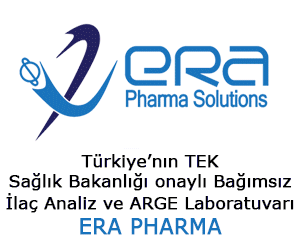With the FDA’s granting of Progenics’ request for Priority Review, a Prescription Drug User Fee Act (PDUFA) action date has been set for April 30, 2018.
Pheochromocytomas arise from cells of the sympathetic nervous system and are most commonly found within one or both adrenal glands. When the tumors develop in other areas of sympathetic nerve cells, they are referred to as paragangliomas.
Current standard-of-care for these ultra-orphan neuroendocrine tumors include adrenergic blockade, surgery, chemotherapy, and radiation.
“With no FDA-approved therapies for these rare tumors, Azedra has the potential to address the high unmet need of patients with malignant pheochromocytoma and paraganglioma,” said Mark Baker, chief executive of Progenics in a press release. “We are pleased that the FDA has accepted our NDA with Priority Review, and look forward to working with the agency during the review process. At the same time, we will continue to lay the groundwork for our commercial plan and prepare to launch quickly following a potential approval,” he added.
The impetus behind the NDA is data from a critical Phase 2B open-label, multi-center trial that evaluated Azedra and met its primary endpoint, achieving a 50% or greater reduction of all antihypertensive medication for at least 6 months. In the study, the drug also showed favorable results from a key secondary endpoint that evaluated the proportion of patients with overall tumor response as measured by Response Evaluation Criteria In Solid Tumors (RECIST).
The candidate was shown to be safe and generally well-tolerated in the study, and the efficacy exhibited in the study appears to be on par with what the FDA deems acceptable for drugs that receive approval. The drug previously received Orphan Drug designation, Fast Track status and Breakthrough Therapy designation in the United States.
A product chemically like Azedra and not approved by the FDA has been used in this patient population has had some success, however, it has a much lower specific activity and has exhibited a less desirable side effect profile. Effective alternative therapies have been long needed for this indication, especially in patients who have relapsed following initial treatment or who have tumors refractory to initial therapies.




















